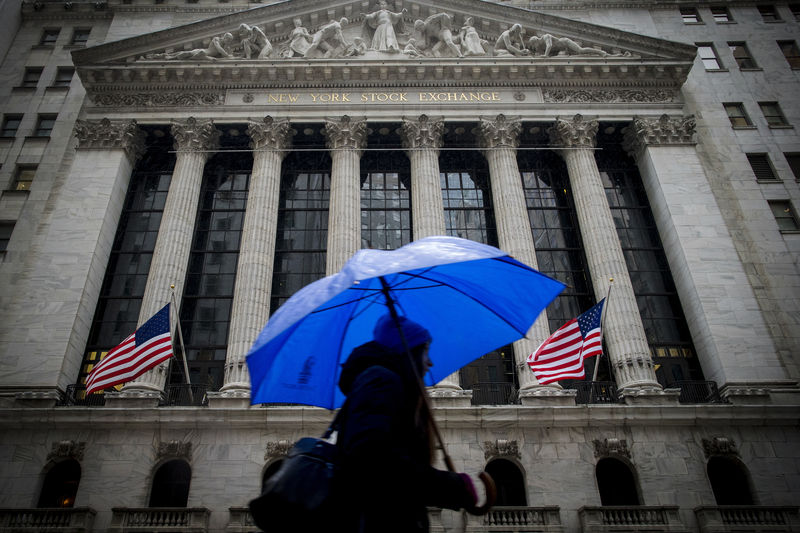Investing.com --
1. Inflation print out
The Labor Department's report showed the consumer price index (CPI) rose 3.2% on an annual basis, compared to expectations of a 3.3% increase.
Core CPI, which excludes volatile food and energy costs, grew 4% year-on-year compared with forecasts of a 4.1% increase.
Bringing inflation back down to 2% has been the major objective of a long-standing series of interest rate hikes by the Fed, so policymakers will likely be keen to see signs that price pressures are cooling. However, officials have flagged that they may be open to further tightening if inflation remains elevated.
2. Futures steady with inflation data looming
U.S. stock futures extended gains after the publication of the CPI print.
The main indices on Wall Street were mixed to end the prior session. The 30-stock Dow Jones Industrial Average added 0.2%, while the benchmark S&P 500 dipped by 0.1% and the tech-heavy Nasdaq Composite shed 0.2%.
The all-important U.S. 10-year Treasury yield was at 4.617%, down from a one-week peak of 4.696% reached on Monday.
3. Yellen speaks at APEC summit
U.S. Treasury Secretary Janet Yellen said finance ministers from Asia-Pacific Economic Cooperation countries affirmed a goal to achieve sustainable growth in their respective economies.
Speaking after a meeting of the ministers at the APEC summit in San Francisco, Yellen that the group's members -- which include both the U.S. and China -- backed "a shared interest in pursuing policies that expand the productive capacity of our economies while also achieving outcomes like reducing inequality and protecting the environment."
She added that the other APEC economies "recognize[d] the potential" of a legislative push by U.S. President Joe Biden's administration to promote investment in areas like infrastructure, clean energy and semiconductors.
The APEC finance ministers' gathering comes ahead of a crucial meeting between Biden and his Chinese counterpart Xi Jinping, with tensions high between the world's two largest economies over a range of issues from Taiwan to trade.
4. Oil prices choppy
Oil prices oscillated around the flatline on Tuesday.
Elsewhere, the International Energy Agency predicted that the oil market could return to a surplus early next year despite extended production cuts by Saudi Arabia. The IEA said that a recent draw in oil stockpiles that was fueled by Saudi Arabia's output reductions could begin to change course due to sluggish economic growth.
The oil watchdog added: "For now, with demand still exceeding available supplies heading into the Northern Hemisphere winter, market balances will remain vulnerable to heightened economic and geopolitical risks."
